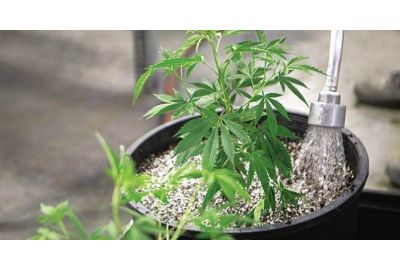How and When to Flush Autoflower Plants
Do you know how and when to flush autoflowers? If not, you’re in the right place. Today, I’m teaching you a technique to make your auto buds smoother and tastier. As a bonus, it’s a lifesaver after nutrient troubles.
Things are a bit trickier with autos. You must avoid stressing these fast-growers at all costs for the best results. Flushing is low-risk, high-reward: all you need is some know-how.
Join me to learn everything about flushing autoflower cannabis. I discuss timing, techniques, and helpful tips to get it right every time.
Flushing autoflowers: What does it mean?
Cannabis flushing means using plain water to remove nutrients in the medium. During this process, high amounts of water pass through the medium. They wash away any minerals within it, leaving it clean and neutral.
But shouldn’t your plants have access to nutrients?
Marijuana consumes fertilizer, keeping a portion for situations when food is scarce. This mechanism helps plants survive, but it can also be harmful. It’s the most damaging in two scenarios: nutrient burn and harvest time.
Nutrient burn occurs when weed plants consume too much fertilizer. Various symptoms follow, like burned leaf tips and discoloration.
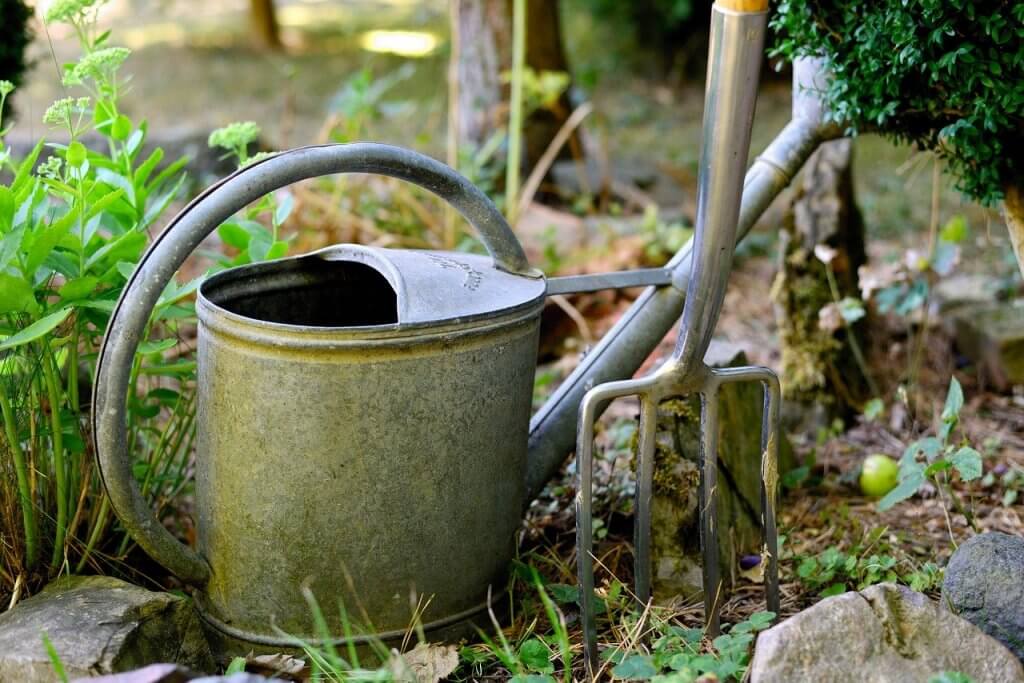
Flushing helps you fix nutrient burn by removing excess nutrients from the medium. It gives the plants space to detox before absorbing more food.
The other scenario happens in late flowering and relates to bud flavor.
Blooming cannabis uses some fertilizer and stores the rest for later. Then harvest time comes. Nutrient stores linger in the buds, making them harsh and chemical-tasting.
Flushing improves the flavor of harvested weed by clearing them from chemicals. It happens a week or two before the bud collection date, leaving the plant time to use its nutrient stores.
Why is it important to flush autoflowers?
Learning how to flush autoflowers is important because it makes your buds taste better. Chemical residue in weed results in harsh, poor-tasting smoke that burns on the inhale. When you remove it, only the sweet taste of nature remains in your blunt.
Nobody argues against the need to flush in the case of nutrient lockouts or burns. Debates occur about pre-flower flushing for autoflowers. That’s my focus in this guide, starting with reasons to do it.
The argument against flushing autos usually goes something like this:
- Autos are fast-growing, and stress minimization is your main focus.
- Flushing alters the growing environment, so it may stress the plants.
- Autoflowers also have lower appetites, so there’s less nutrient buildup.
- Ergo, you shouldn’t flush autoflowers.
This reasoning makes sense, but I have counterarguments.
Stress minimization is vital for autos, but you can do that and still flush. Keep the environment optimal and use quality water for cannabis, and your garden won’t suffer.
Autos have smaller appetites, but you still feed them. Skipping the flush step leads to subpar buds in your stash.
Are we on the same page now? Good, let’s see when to start flushing autoflower plants.
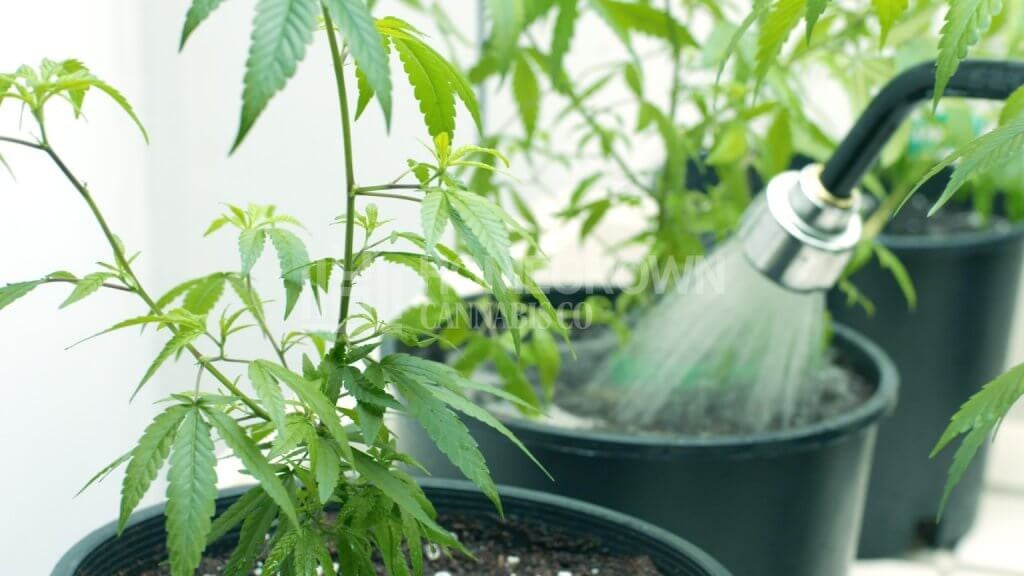
When to flush autoflowers
Flushing is a time-sensitive operation, and timing varies with the growing medium. Most autoflower growers flush three days to two weeks before harvest time.
Removing nutrients too early can leave plants starving. Running late will make flushing ineffective.
Examine your plants’ ripeness to determine the ideal flushing moment. Most trichomes should still be clear, some turning milky white or opaque. That way, there’s time for maturation to occur while your weed uses its lingering food storage.
Here’s when to flush autoflowers in each setup.
Start 10–14 days before the harvest in soil. If your strain has a seven-week flowering period, flush the plants at the end of week five for the best results.

What about other types of medium?
Coco coir, hydroponics, and aeroponics lead to increased growth rates and nutrient availability. Plants absorb and use food faster, so buildups need less time to clear.
Flushing does its magic over the last week of flowering in coco coir and other inert substrates. They retain plenty of water, which leeches excess chemicals from the buds.
Water-based setups are even faster-acting. Flush 2–3 days before harvesting in hydro systems like deep water culture (DWC).
During ripening and the pre-harvest flush, you may see the leaves turning yellow. Some discoloration is expected, and you can use it to determine the progression.
The plant won’t mature once its leaves lose color, so it makes no sense to delay the harvest. I also like to collect buds before discoloration hits the sugar leaves for better bag appeal.
How to flush autoflowers
You know when to start flushing autoflower marijuana, and your plants look almost ready for harvest. Let’s see how to do it in soil and soilless media.
Note: You can use a TDS meter to ensure flushing is successful. This device measures the total dissolved solids in water: higher results mean nutrient buildup. When you do it well, the runoff or tank water should have a similar reading to the water you poured on plants.
In soil
Flushing soil-grown autos is pretty simple and requires only plain, pH-neutral water.
The soil should go dry every second or third day if you follow the ideal watering frequency for cannabis. To start flushing, supply 2–3 times the pot volume of water to plants. So, 10–15 gallons for a five-gallon container.
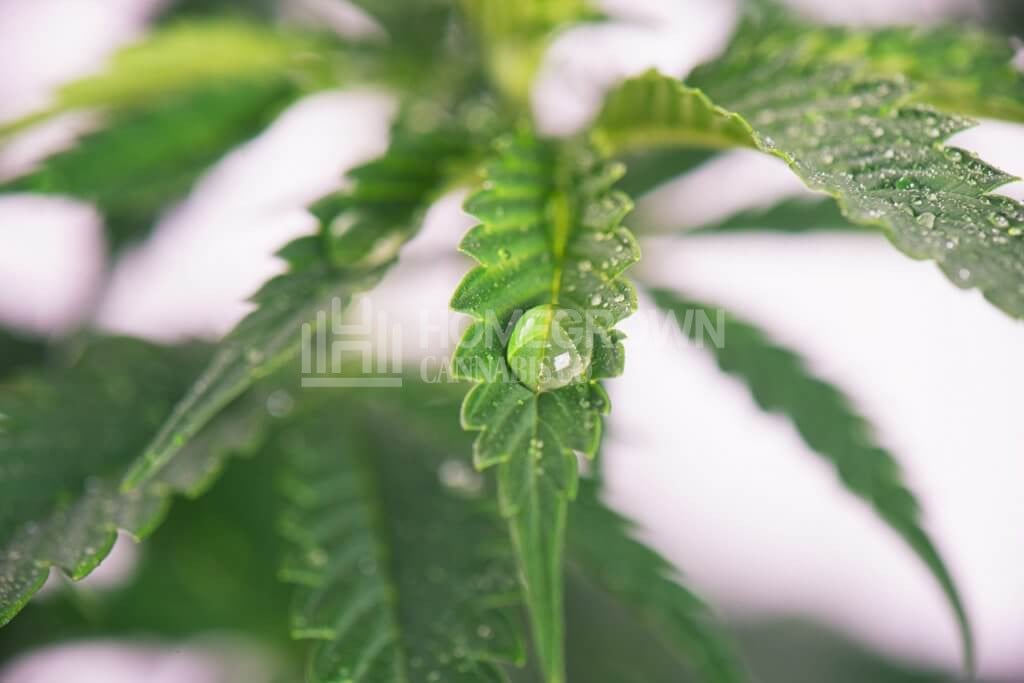
Note: Provide less water if your environment is humid, 1–2 times the container size. That way, you can flush without overwatering symptoms.
Here are the steps for flushing autoflowers:
- Check the water pH before showering plants. It should be 6.0–6.8 to let the plants absorb all nutrients.
- Start pouring water around the stem. Do it slowly to avoid pooling and spillage, lifting the pots from the tray to release runoff.
- Let the pots drain on an elevated spot. That way, the bottom of the container won’t get muddy and choked.
- Repeat when the soil feels dry. You might repeat the process several times before the harvest.
The plants should be lighter green on harvest day, signifying a successful flush.
A note for all-natural cultivators: don’t flush plants grown in organic setups like super soil.
Organic soil contains microbes, which break down nutrients over time. No buildup develops within the medium or bud sites. Washing away the soil life is unnecessary and can even harm the land in the long run.
In other growing media
Flushing autoflower plants is even faster in hydroponics and inert substrates. The basic process is the same.
Follow the soil flushing steps for coco coir, perlite, and Rockwool grows. Supply fresh water when the medium goes dry, but only begin a week before the harvest. Since these media hold fewer nutrients, you won’t need to do it more than two times.
Here’s how to flush in hydroponics:
- Drain the reservoir of the water-nutrient solution. Wipe the tank and pipes as much as possible to clean any lingering salts.
- Fill the reservoir with plain water. Ensure its pH is 5.5–6.5 to maintain plant health, adding pH-Up or pH-Down solutions if needed.
- Let the water circulate. You can repeat the process if the tank still has a high dissolved solids reading.
These setups contain minimal natural nutrients, so plants start losing color sooner. Harvest when you notice discoloration spreading to avoid late-flowering health issues.
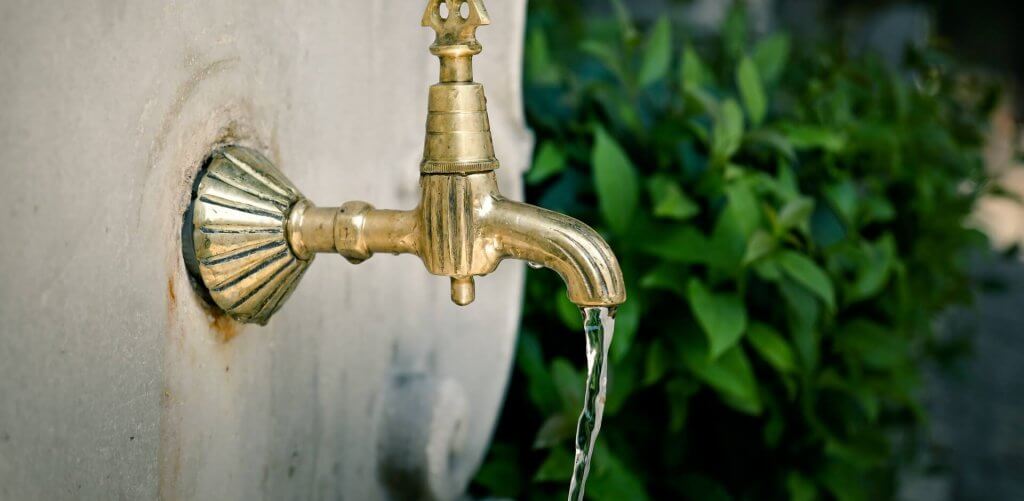
Expert tips for flushing autoflowers
Flushing autoflower weed is a straightforward task. It doesn’t include many moving parts, but there are ways to make it even more successful.
Here are the top tips from my years of cultivation:
- Pour water slowly: Flushing requires running 2–3 times the pot volume. Dumping it onto the soil only creates mud and a mess, so take your time. Let runoff appear on the tray before adding more.
- Use water amendments. Besides using pure water, you can flush with molasses. This sugary substance feeds the soil microbes and could make the buds sweeter.
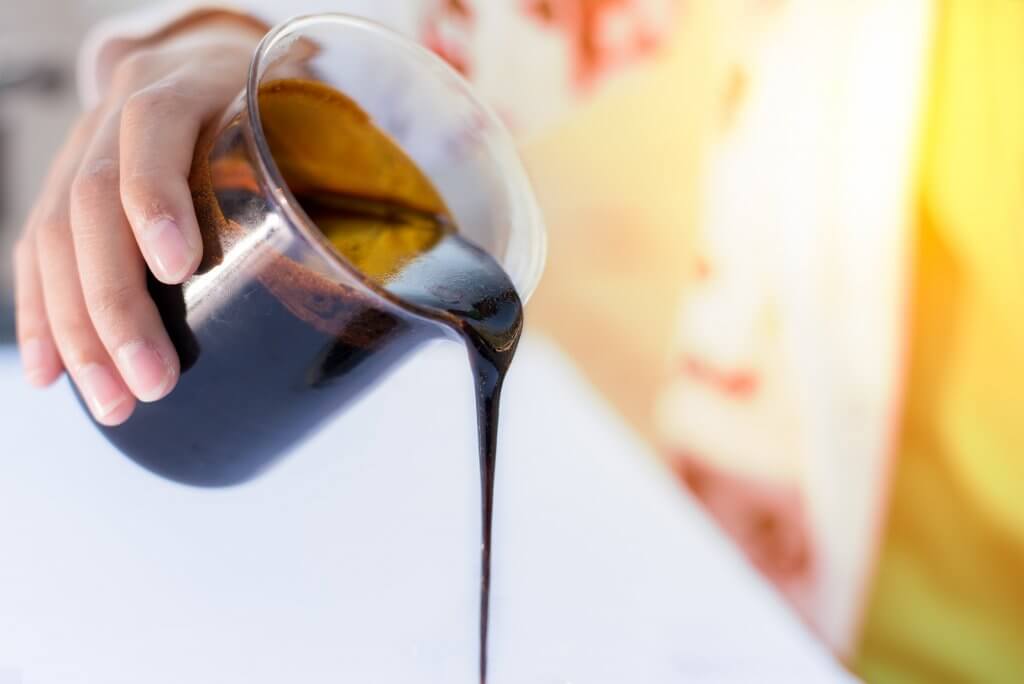
- Start slightly later: Flushing too early leaves you with discolored, immature buds. Wait for the harvest window to open, with about 10% of trichomes going opaque.
- Maintain the ideal environment: Blooming autoflowers perform best in hot, dry, and high-light conditions. Prioritize climate control to make the final weeks of flowering as productive as possible.
- Consider adding enzymes: Pure water won’t always do the trick in overfertilized mediums. Enzyme products are salt-leaching and may speed up the process.
- Don’t stop at flushing: Learn how to flush autoflowers and pair it with bud washing. This post-harvest technique mimics flushing. It involves cleaning harvested weed of residue to make it even smoother.
- Stick to the basics: You’ll find various tips online, like using ice water or hydrogen peroxide. The former may boost resin production, and the latter kills fungi. Neither is necessary for a successful flush, and both may harm plants.
Master flushing autoflowers for better buds
You now know why, how, and when to flush autoflower plants. You’re one step closer to growing weed like the pros.
Regarding takeaways, remember there’s no reason not to flush autoflowers. They benefit from this process as much as photoperiods. Then use my advice to determine the appropriate timing and method.
Once you master the basics, explore the advanced strategies like washing buds.
Would you like to put the theory into practice? Visit the Homegrown Cannabis Co. store and browse our top-tier autoflower weed seeds. Grow plants, apply my tips, and smoke the finest buds at home.
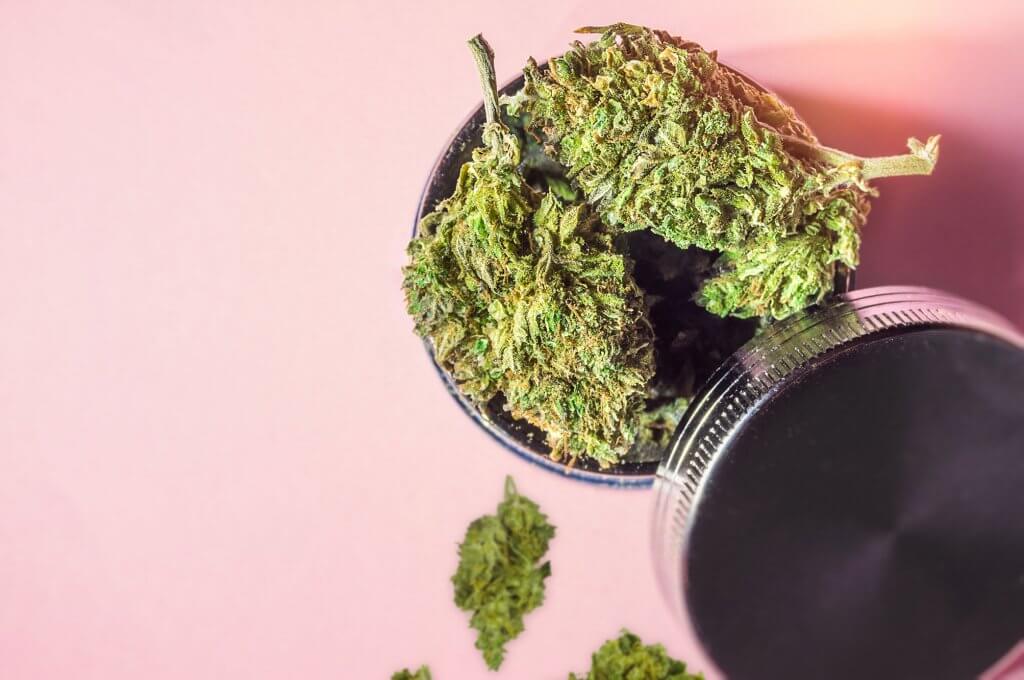
FAQs
Do you have any further questions on autoflower flushing? Below, I answer the common inquiries I heard from the community.
Is flushing beneficial, or is it just a myth?
While flushing isn’t necessary, its benefits aren’t a myth. Buds post-flush are generally tastier and gentler on the palate.
The plants store excess nutrients, salts, and other chemicals during their growth cycle. Flushing autoflowers means giving the buds a detox, removing this nutrient buildup. It disposes of surplus compounds, and only sweet-tasting terpenes remain.
How long does it take to flush an autoflower after nutrient burn?
A flush after a nutrient burn needs 2–3 days to display results. Check the TDS (total dissolved solids) levels daily and don’t feed your weed until the salt levels drop.
Discussions on when to flush autoflower plants often revolve around harvests. This technique also helps gardens after overfeeding. You shower your autos with fresh water, washing away excess fertilizer. Boom, recovery just got faster.
What should the water pH be when flushing?
You can’t disregard pH levels while flushing autoflowers. The moisture source should be 6.0–6.8 for soil and 5.5–6.5 for hydroponics. Tap and distilled water are suitable options.
These pH levels make every nutrient soluble. As a result, the plants absorb every last drop of fertilizer. They also prevent the roots from absorbing too much aluminum or salt (which would defeat the point of a flush).
